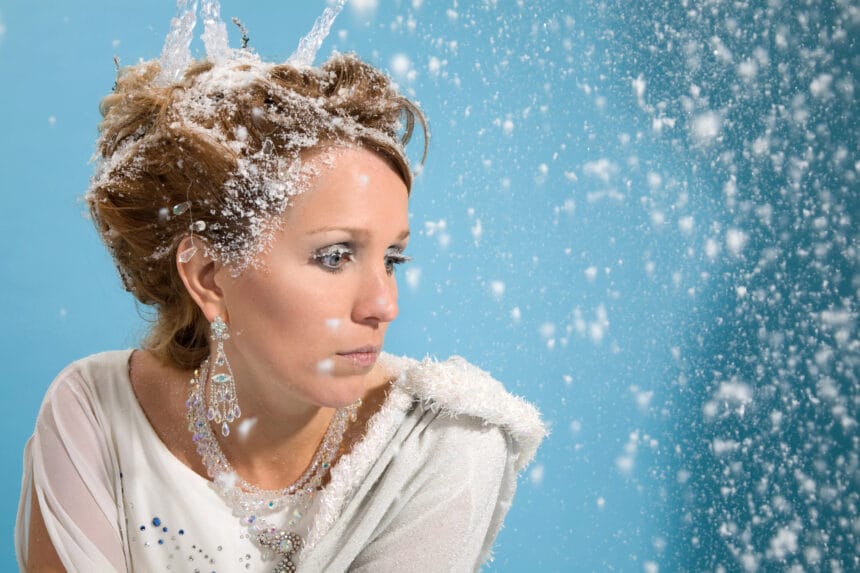Depression is a huge problem that affects 21 million American adults. It can have a very negative impact on our long-term physical and emotional health.
We have shared some tips for trying to deal with depression. Unfortunately, there are times when it can be harder to manage these symptoms than others.
Winter can be especially difficult for people dealing with depression. Seasonal depression is a huge problem for countless people.
Winter rolls in like a moody guest who overstays their welcome. The sun checks out early, the days feel like a gray blur, and your mood? It tanks. For many, this isn’t just a passing case of the blahs. Seasonal affective disorder (SAD) creeps in and turns everything dimmer. If you’ve been caught in the winter blues spiral, there’s hope—and it doesn’t have to feel like a chore to pull yourself out.
This is about figuring out how to make winter work for you. Not a list of tips. Not tired advice recycled from every health blog ever. It’s about genuinely resetting your season to feel less like an uphill battle. Let’s dig in.
Your Brain on Winter: Why It’s Not Just in Your Head
Ever notice how winter feels heavy, like a weighted blanket you didn’t ask for? SAD happens when shorter days and less sunlight mess with your brain chemistry. The culprit? A drop in serotonin and a body clock that gets all out of whack. It’s science, sure, but it doesn’t mean you’re powerless. Understanding the “why” behind the slump can be a game-changer.
Think about it: your brain is wired to crave light. When winter dims that down, your natural rhythms go haywire. You feel sluggish, sad, maybe even like hibernating until spring. The trick isn’t just coping—it’s tweaking your environment, your habits, and yes, even your mind, to kickstart a better season.
Reframe Your Winter World
Sometimes, the hardest part of winter is accepting that it’s here. Fighting it head-on won’t always work, so try shifting your perspective instead. Winter doesn’t have to be a countdown to spring; it can be its own thing. And no, that doesn’t mean forcing yourself into being a “snow day” kind of person if that’s not your jam.
Start small. What makes winter less terrible for you? Maybe it’s creating a home space that feels warm and alive. Plants that thrive indoors. String lights. Cozy blankets. Redefine what you associate with the season, not by ignoring the hard parts, but by balancing them out.
The tougher part is tackling the mental space. Sometimes, you just need a little outside help to shift gears. Whether it’s diving into virtual resources or searching to “find a therapist in Athens GA, Miami, or wherever you live,” the right support system can make winter less daunting. Think of it as prepping for your emotional health the way you’d prep for icy roads—something practical that keeps you safe.
Move Like Your Mood Depends on It (Because It Does)
Here’s the truth: your body and your brain are way more connected than we give them credit for. Staying active might not cure SAD, but it can soften its grip. Movement gets your blood flowing, wakes up your brain, and boosts endorphins—those feel-good chemicals that winter seems to drain. It’s not about crushing a gym routine or running a marathon unless that’s your thing.
It’s about moving in a way that works for you. Dance like no one’s watching (because they’re not). Stretch out in your living room. Walk outside—even if it’s freezing. The fresh air and daylight (yes, even the cloudy kind) can help fight off SAD during winter, giving your brain the signal that the world isn’t shutting down just because it’s cold.
The point is to ditch the all-or-nothing mindset. If a ten-minute walk sounds better than a full workout, do that. Make winter movement less about obligation and more about reconnecting with how your body feels in the moment.
Light It Up: The Sun Can’t Always Be There for You
Let’s not sugarcoat it: winter is dark, and it’s not just the literal lack of sunlight. Your mental energy can feel just as drained, and that’s where light therapy comes in. It’s not new, but it works. Bright light in the morning—something around 10,000 lux—helps recalibrate your internal clock. It’s like giving your brain a little sunrise, even on the gloomiest days.
But it doesn’t stop there. Lighting up your environment in a way that makes you feel alive can change how you experience your space. Keep it warm, keep it inviting, and avoid letting everything feel like it’s in shadow. Even candlelight has a way of softening winter’s hard edges.
When Winter Becomes a Reset, Not a Hurdle
SAD can make winter feel like an impossible season to love. But when you start using the colder months as a reset button instead of a countdown clock, something shifts. Winter forces us to slow down, and while that can feel frustrating, it’s also an opportunity. Think of it as a pause. The chaos of summer gives way to stillness. Use that stillness to reflect, recalibrate, and maybe even build something new for yourself.
It doesn’t have to be about productivity or achieving some lofty goal. Sometimes, it’s just about being okay with where you are. Learning to flow with the season instead of against it.
A Better Winter Isn’t About Waiting for Spring
If winter feels like a long tunnel, there are ways to bring in the light. From finding a therapist who gets what you’re going through, to moving your body when it feels like the last thing you want to do, there’s no one-size-fits-all fix. The goal isn’t to force yourself to love winter; it’s to make it work for you.
And yeah, some days will still suck. The key is knowing they don’t have to define the season. Winter can be rough, but it doesn’t have to own you. And the best part? Every little shift you make now builds the foundation for brighter days ahead.










